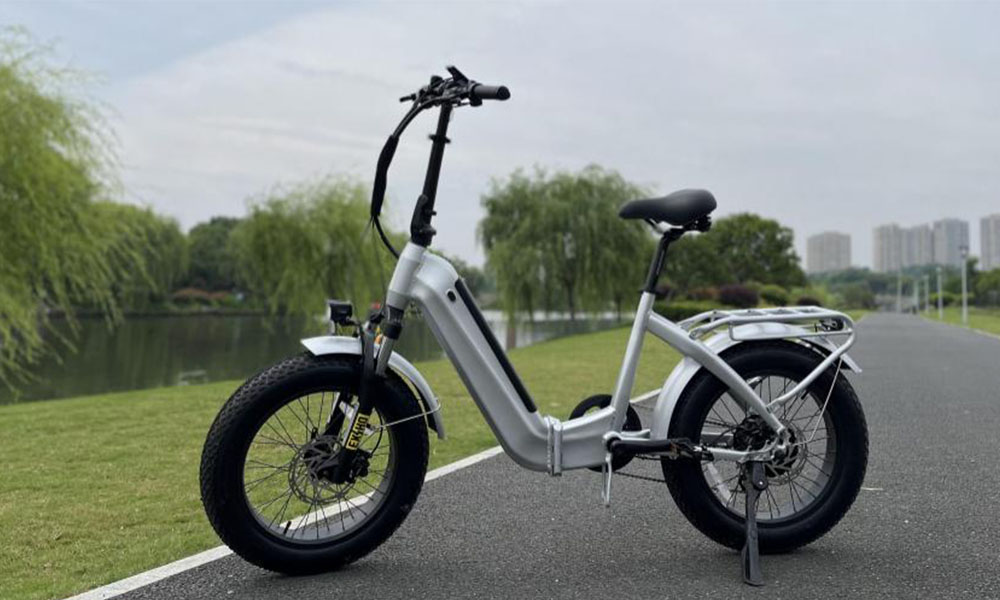Electric bikes (e-bikes) are revolutionizing urban commuting and recreational cycling, offering convenience and sustainability. Behind their efficient operation are various sensors that play crucial roles in monitoring and controlling key aspects of the e-bike's performance. Here, our ebike manufacturers in china explore the importance of choosing the right sensors for your e-bike to enhance functionality and riding experience.

Cadence Sensors: These sensors measure the rotation speed of the pedals. They are generally simpler and more affordable than torque sensors, making them common in entry-level e bikes from china. Cadence sensors provide a consistent level of assistance based on pedal rotations per minute (RPM).
Torque Sensors: Torque sensors measure the force exerted on the pedals. They offer a more natural and responsive riding experience by providing assistance proportional to the effort applied by the rider. This results in smoother power delivery and better efficiency, especially useful for hilly terrain or variable riding conditions.
Pros and Cons:
To summarize, let's look at the pros and cons of each sensor type:
Cadence Sensors:
- Pros:
- Lower cost compared to torque sensors
- Compatible with a wide array of frame designs
- Great option for commuting or casual riding
- Cons:
- Less responsive in terms of providing power assistance based on rider effort
Torque Sensors:
- Pros:
- Provides a natural pedaling feel
- Enhanced motor efficiency leading to longer battery range
- Preferred choice for sport/performance wholesale electric bikes for sale
- Cons:
- Higher cost due to system requirements and technology complexity
- Limited frame design options due to specific attachment needs
Ultimately, choosing between torque sensors and cadence sensors depends on your specific needs and preferences as well as your budget considerations.